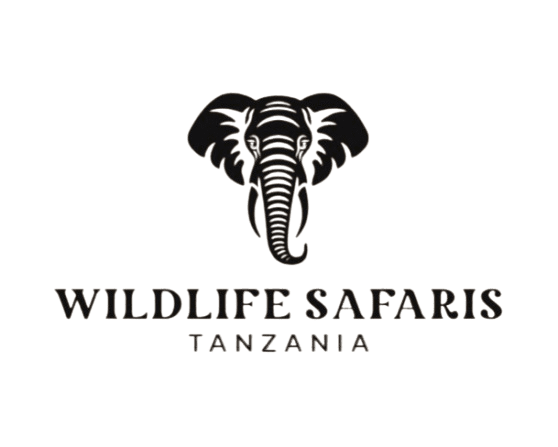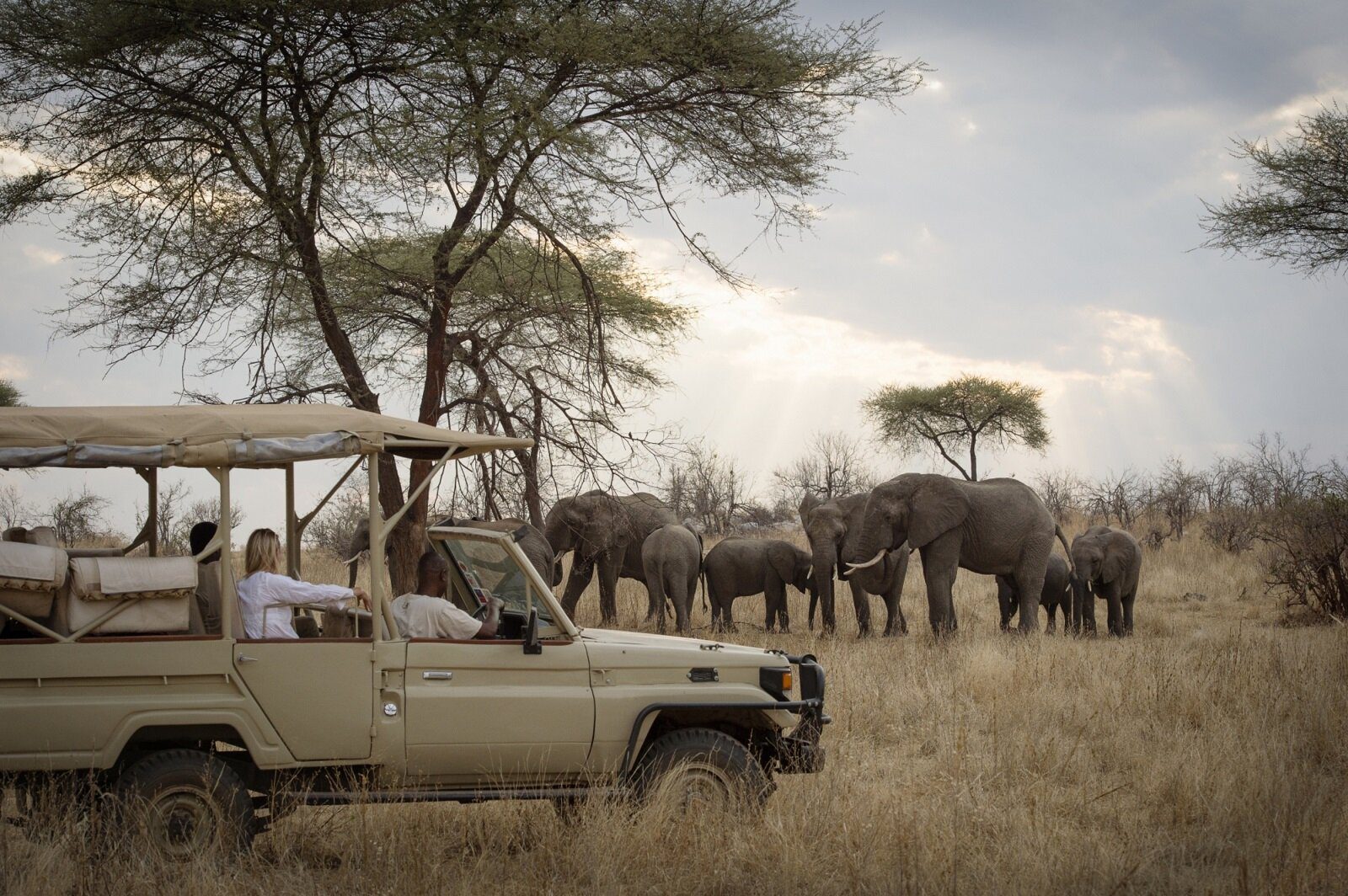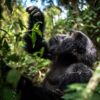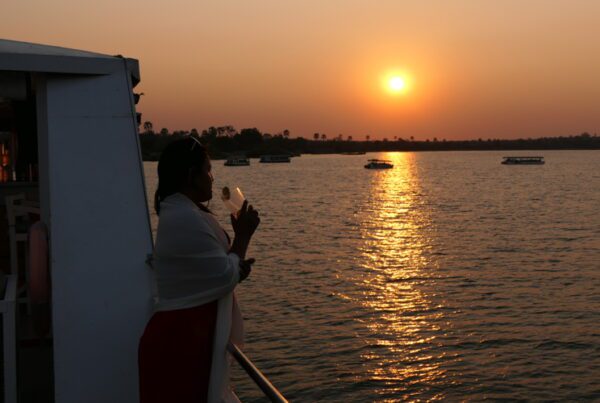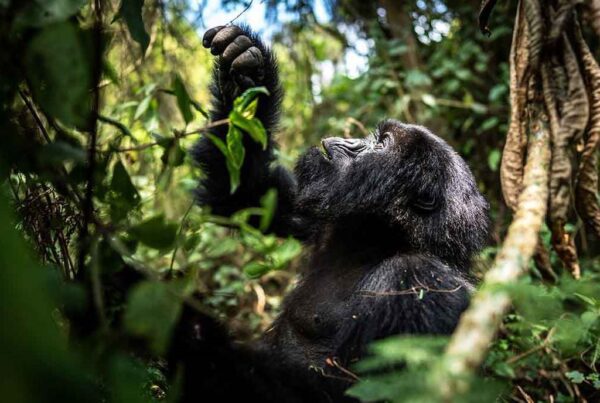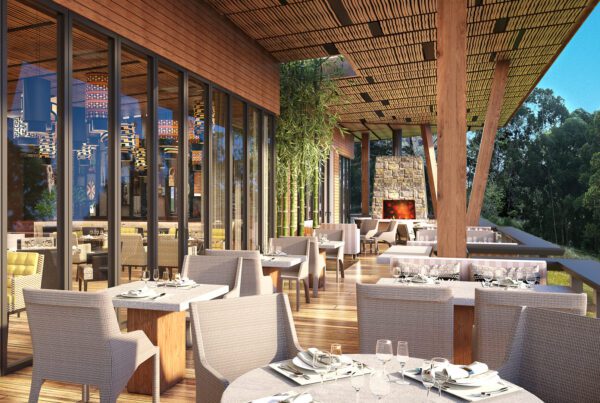6 Astonishing Details Regarding Ruaha National Park
Many tourists who travel to Tanzania prioritize a visit to Ngorongoro Crater and Serengeti National Park. Even though these places are intriguing, they may get very crowded, particularly during the dry season (June–October).
Ruaha National Park is a little-known jewel in southern Tanzania. Its virgin woodlands are home to an abundance of untamed birds and animals. A peaceful and abundant wildlife sanctuary, Ruaha is the place to go if you’re looking for that. Here we will go over six interesting things about Ruaha.
1. The second-largest park is Ruaha.
Ruaha is the perfect choice if you’re looking for a small, intimate getaway. After Nyerere National Park, this park covers over 20,226 square kilometers (7,800 square miles), making it the second biggest in Tanzania. Due of their close proximity, visitors seldom venture into either of these large parks at any time of year.
At its widest point, Ruaha is home to a variety of ecosystems, such as miombo woods, grasslands filled with acacia trees, baobabs, rivers, and forests. Plains wildlife, including antelope, buffalo, wildebeest, and zebras, graze on the green plains.
River birds, crocodiles, and hippos in big groups inhabit the waterways. Primate species like as colobus, vervet, bushbaby, and yellow baboons inhabit the deep forest areas, while birdlife is abundant in the woods, plains, and forests.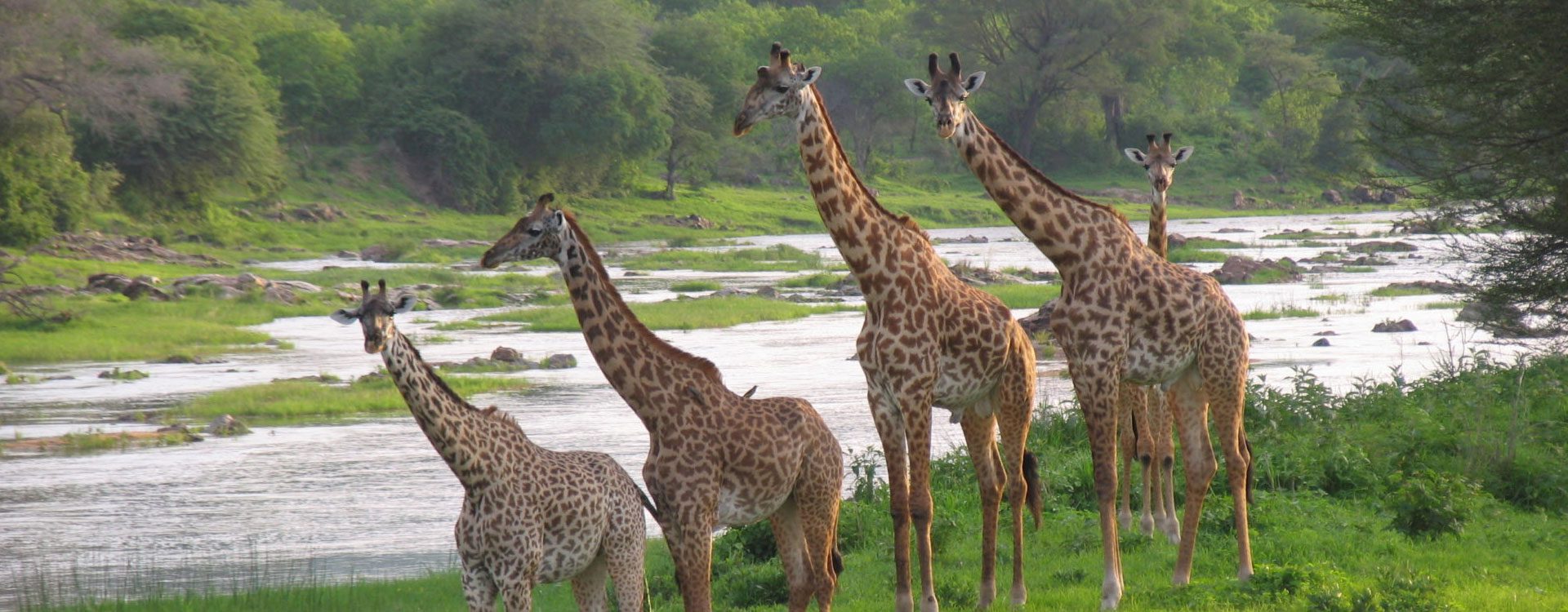
2. You will find the biggest concentration of elephants in Ruaha.
Ruaha National Park is the place to go if you’re hoping to see elephants more often. Here you may find thriving herds of all ages, including stunning young calves. Over the park’s expansive wildness, you may see around 15,000 tuskers. An elephant or herd will appear before your safari vehicle on every outing.
Herds of up to thirty elephants are the norm for this gregarious species. Large herds—up to 300 strong—are typical in Ruaha, nevertheless. These enormous terrestrial mammals are known for their extraordinary intelligence, and they exhibit large-brain behaviors like excavating burrows near pools of water. Elephants and other animals alike benefit from these holes’ ability to collect water throughout the dry season.
Elephants also have a unique way of eating. As they forage for food from acacia branches, they alter the pristine environment of Ruaha and make room for other creatures to move. In Ruaha, for instance, acacia savannahs would have been overgrown in the absence of elephants.
Ruaha’s baobabs, number three.
Ruaha is home to a variety of plant life, including baobabs. Their incredible water-storage capacity makes them a popular prey item for a wide variety of creatures. To avoid having to dig holes, elephants may just use their trunks to drink water. The process consists of chewing on the inside of the trunk after breaking its bark. Their juicy fruit is a staple diet for monkeys and bushbabies as well.
One of the few trees that may survive for more than seven centuries is the baobab. Despite their diminutive appearance as young shrubs, their eventual width can reach 33 to 46 feet. The fascinating rationale behind the term “trees of life” is that baobabs bear fruits even after most trees have dropped their leaves. This is because they have a greater capacity to retain water, which allows plants to continue fruit production even when the weather becomes dry.
4. The cultural sites in Ruaha are quite intriguing.
Long ago, people from all over the world made Ruaha their home. Many historical and cultural landmarks may be found either inside or outside the park today. Chief Mkwawa was the head of state for the Hehe, a famous Tanzanian tribe. The Hehe warriors resisted the German colonial overlords for seven long years, bound together by language, religion, and culture.
Outside of Ruaha National Park, you may see the remains of Isimila, which also show that there were people living there at one point. Artifacts and stones from the Stone Age have been unearthed at this ancient location. Additional sights that you may visit include the Mkwawa Museum, Ganga la Mafunyo, Idinda Rock Paintings, and Nywanywa Rock Paintings. Everything will be explained to you by our guide.
5. Roughly 10% of Africa’s lions are housed in Ruaha.
The southern Tanzanian park Ruaha is a haven for lion prides and other huge carnivores. Here, the exceptional hunting abilities of the jungle’s rulers give them dominion over the grassy plains. Ruaha is the ideal location if seeing these majestic creatures is one of your life goals.
The lion often lives in a pride, a social group that is bonded together by blood. If a male isn’t powerful enough to compete with the pride’s enormous, powerful maned lions for the ladies, he might choose to quit the pride. They propagate their offspring whenever they locate a pride that is weak. It is common for females to spend their entire lives as part of the pride.
6. Ruaha is teeming with wild canines.
African wild dogs are among the rarest creatures seen in northern parks. Though it formerly flourished in African savannahs, the little painted candid saw its population decline as a result of illness. There are a lot of these active predators in Ruaha. Their daily range is up to 50 kilometers, allowing them to wander the forest for hours on end.
Wild dogs are unique in that they seem to be successful on nearly every hunt. They not only initiate the pursuit, but also successfully conclude it. The reason behind this is their method of cooperative hunting, which may include a whole park.
That is all.
Ruaha is a great place to visit. There will be less tourists, so you can fully appreciate all these delights. If you want to see nature in its most natural state, including animals and virgin woods, you should go to this park. Your vacation to Ruaha may be organized in the blink of an eye with Focus East Africa Tours. Everything is OK if you choose to merge it with your Northern Circuit. We can begin making plans right now.
